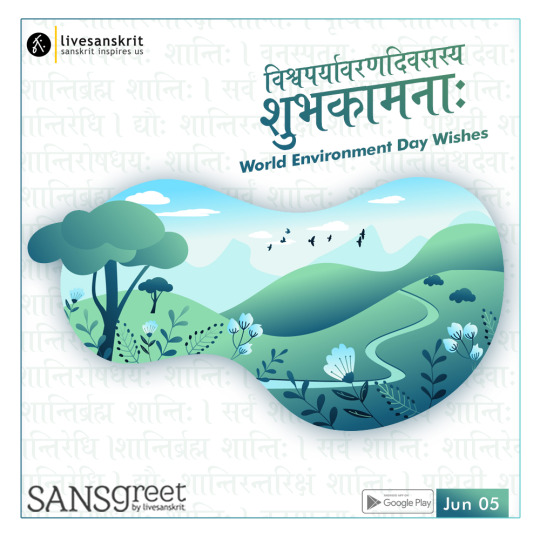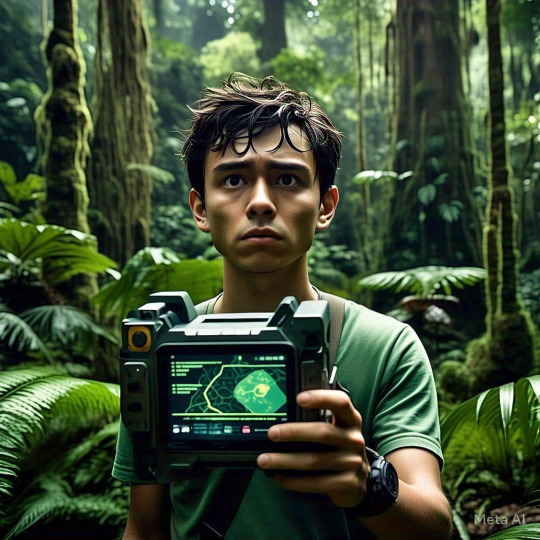#saveforests
Explore tagged Tumblr posts
Text

🌳 Some Facts About Deforestation 🌳
Deforestation is more than just the loss of trees; it’s the permanent destruction of our planet's green cover. 🌍 Nearly half of the world’s tropical forests have been wiped out due to urban expansion, agriculture, and other industrial activities. As we cut down forests, we lose biodiversity, disrupt the water cycle, and worsen climate change. It's time to take action! 🙌
Learn more about the causes, consequences, and ways to prevent deforestation in our latest blog: https://qjxsc.com/index.php/2023/07/25/some-facts-about-deforestation/
Let's protect our forests for a better future. 🌱
#Deforestation#SaveForests#EnvironmentalAwareness#ClimateChange#Biodiversity#Reforestation#SustainableLiving#Conservation#GreenPlanet#ProtectNature
3 notes
·
View notes
Text
🌳 World Forestry Day 🌍

Forests give us life, so let’s give them love and care. 💚 This World Forestry Day, take a stand for a greener and healthier planet! 🌿 Every tree matters—let’s protect our forests and wildlife. 🦌🐅🐘
📞 Contact us: +91 77 93 93 93 48 🌐 Visit: www.leadpac.in
#worldforestryday#saveforests#protectnature#gogreen#sustainableliving#leadpac#politicalanalysis#politics#indian politics#business#telanganapolitics#india#telangana#andhrapradesh#politicsinhyderabad#electionforecasting
1 note
·
View note
Text
The Chain Reaction of Deforestation
Deforestation doesn’t just kill trees—it disrupts ecosystems, increases greenhouse gases, and causes soil erosion. Forests are our planet’s lungs, absorbing CO₂ and supporting biodiversity. Cutting them down for agriculture or urban sprawl creates long-term environmental debt. The solution? Reforestation, sustainable logging, and supporting eco-conscious policies.

0 notes
Text
#saveforest #santrampalji #satlokashram
1 note
·
View note
Video
youtube
Saving the Forest: Gorilla and Friends Save the Day from Hunter! Animal Encounters 2024
0 notes
Text
Today's Trending Environment News Alert
◆ Numerous organizations intensified their protests Sunday at Hariharpur village in the state of Chhattisgarh in India, raising demands to cancel the Parsa coal mine as it threatens large-scale deforestation of the Hasdeo forests of Chhattisgarh, also known as the lungs of Chhattisgarh.
◆ In a concerning revelation in the Kerala Forest department's annual administrative report of 2021-22, over 5,000 hectares of forested land in the state has been encroached upon.
◆ According to the state’s Chief Wildlife Warden Samir Sinha, the tiger population density in Uttarakhand is among the highest in the world. The tiger population, which stood at 178 in 2006, rose to 560 in 2022, recording a rise of 314%.
◆ According to data compiled by the Wildlife Protection Society of India, a staggering 206 tigers and 565 leopards lost their lives during the year. Notably, Maharashtra recorded the highest tiger mortality with 52 deaths, closely followed by Madhya Pradesh with 45.
◆ Bird species in northeastern India have started shifting to higher elevations due to increasing temperatures owing to deforestation, a new study showed.
🌱🌏🌱
#environmentind#india#news#wildlife#forests#ecology#conservation#uttarakhand#tigers#chhattisgarh#SaveHasdeo#HasdeoAranya#HasdeoForest#kerala#forestencroachment#SaveForest#maharashtra#madhyapradesh#TigerCount#Birds#northeastindia#research#study#migration#climatechange
0 notes
Text
0 notes
Text


Send from Sansgreet Android App. Sanskrit greetings app from team @livesanskrit .
It's the first Android app for sending @sanskrit greetings. Download app from https://livesanskrit.com/sansgreet
World Environment Day.
World Environment Day (WED) is celebrated annually on 5 June and is the United Nations' principal vehicle for encouraging awareness and action for the protection of the environment. First held in 1974, it has been a platform for raising awareness on environmental issue such as marine pollution, human overpopulation, global warming, sustainable consumption and wildlife crime. World Environment Day is a global platform for public outreach, with participation from over 143 countries annually. Each year, the program has provided a theme and forum for businesses, non government organizations, communities, governments and celebrities to advocate environmental causes.
#sansgreet #sanskritgreetings #greetingsinsanskrit #sanskritquotes #sanskritthoughts #emergingsanskrit #sanskrittrends #trendsinsanskrit #livesanskrit #sanskritlanguage #sanskritlove #sanskritdailyquotes #sanskritdailythoughts #sanskrit #resanskrit #worldenvironmentday #environmentday #environmental #environment #unitednations #celebratingsanskrit #savenature #saveearth #saveforest #savetrees #ecoday #wed #june5 #environmentprotection #saveriver
#greetingsinsanskrit#sanskritgreetings#sanskrittrends#trendsinsanskrit#livesanskrit#sanskrit#celebratingsanskrit#incredibleindia#indianarmy
0 notes
Text

Happy International Forest Day
From Nischitha Properties, we believe in sustainable living and protecting our nature spaces. Forests are the lungs of our planet, providing clean air, water, and a home for countless species. Let's pledge to plant more trees, reduce deforestation, and cherish nature.
Save Green today, save earth!
InternationalForestDay #SaveForests #GoGreen #PlantTrees #NischithaProperties #knsinfra #preetidevelopers #realestate #poltdeveloper #dcconversion #reraapprovel
0 notes
Text
Saving Rainforests with Tech
🌳 Build homes, save forests!
3D printing reduces the need for deforestation, creating sustainable housing without harming nature. 🌍🏡
Let’s protect our planet while advancing innovation. 🌱✨
#SaveForests #EcoConstruction
#Rainforests
#saveourplanet
#saveearth

#sustainability#3dconcreteprinting#sustainableliving#constructioninnovation#housingcrisis#3dprinting#camhirstrobotsecosystem#rainforests
0 notes
Text
The video moved me deeply, reflecting on the legacy of the tigress and its adherence to Mother Earth's laws, a testament to the cycle of life. It also led me to contemplate the actions of India's leaders, who, in the pursuit of development, neglect the preservation of forests and nature—essential for our survival. How long will we ignore this truth, prioritizing developmental achievements while overlooking the costs: of deforestation, inadequate conservation of water bodies, ocean pollution, and the extinction of various species #saveearth #savesoil #saveforest #saveocean #saveanimals #future #sacredtrinitydigiagency #chennai #india #digitalmarketingagency
#savemotherearth#save animals#save trees#save ocean#savesoil#sacredtrinitydigiagency#chennai#india#digital marketing agency#future
1 note
·
View note
Text
#Farm animals#Fram diorama#Animlas time#Wild animals#Animals adventures#Cartoon animals#Animals rescue
0 notes
Photo

#internationaldayofforests #saveforests #theworldanimaltour (at Follow Us) https://www.instagram.com/p/CMscOnKJrq-/?igshid=qre95em6cwa1
1 note
·
View note
Photo

Maybe it's already too late! The visual is self-explanatory and resonates with the current scenario of the Amazonia. Forests are lungs of our earth.
Go to adaddictive.com. You will find more awesome ads
#adaddictive#advertize#advertized#advertizer#advertizers#advertizing#advertorial#adverts#lifeonourplanet#oxygen#amazonforest#saveforest#saveforestforlife#saveforests#savetheamazon#savetheamazonrainforest#savetheamazonforest#amazonia#amazonianforest#prayforamazonia#prayforamazonia🌄💔#save#savetheamazonia#savetheearth#savetheearth🌎#savetheworld#treesarelife#wildfire#wildfires#wwf
29 notes
·
View notes
Text
"Happy World Forestry Day! Let's honor and cherish our forests for their invaluable contribution to our planet's health and well-being." . . .
https://www.facebook.com/DigiContactOfficial

#WorldForestryDay#ProtectForests#SustainableForestry#ForestConservation#HealthyForests#SaveForests#GreenEarth#digicontact#digitalcard
1 note
·
View note
